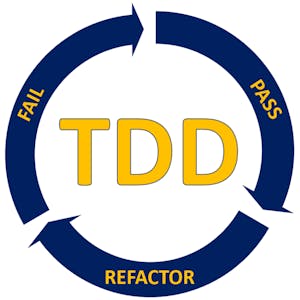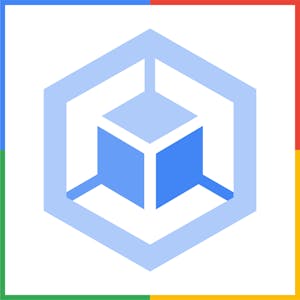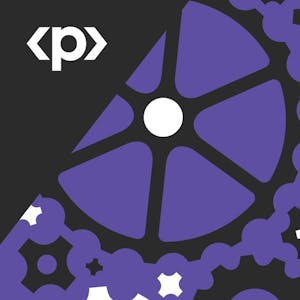Malware Analysis and Introduction to Assembly Language
About this Course
Malicious software, or malware, is typically delivered over a network and is designed to cause disruption to a computer, client, server, or network. Disruptions can include leaked private information, unauthorized access to information or systems, blocked user access, interference with security and privacy, or numerous other variations of attacking systems. Malware analysis dissects malware to gather information about the malware functionality, how the system was compromised so that you can defend against future attacks. Assembly is a low-level language that is used to communicate with the machine. Assembly programming is writing human-readable machine codes or machine instructions that are directly read by the computer. All high-level languages compiled programs like C or C++ can be broken down, analyzed, and understood using Assembly language with the help of a debugger. This process is known as reverse engineering. Understanding what an executable program does is easy if you have direct access to the source code. But if not, such as the case with malware, learning Assembly can be helpful. In this course, through video demonstrations, hands-on reverse engineering, and capture-the-flag type activities, you will be introduced to the processes and methods for conducting malware analysis of different file types. You will analyze native executable files, and analyze popular files like PowerShell, JavaScripts, and Microsoft Office documents. Then you will learn the fundamentals of Assembly language, basic Win32 Assembly programming concepts, and how Reverse Engineers use Assembly to analyze malware.Created by: IBM

Related Online Courses
This course, developed by Google, is for installers and network managers who work with Certified Professional Installers. Through a mix of video lectures, step-by-step explanations, and quizzes,... more
To be a proficient developer you need to have a solid grasp of test writing before putting code into production. In this course, we will take a hands-on look at Test-Driven Development by writing... more
This learning experience guides you through the process of utilizing various data sources and multiple Google Cloud products (including BigQuery and Google Sheets using Connected Sheets) to... more
This course takes you through the step-by-step process of creating a sophisticated Realtor Clone using ReactJS 18 and Firebase 9. Starting with an overview, you\'ll quickly dive into installing... more
This is a Google Cloud Self-Paced Lab. In this lab you will use native derived tables to answer complex questions with LookML.Created by: Google Cloud more








